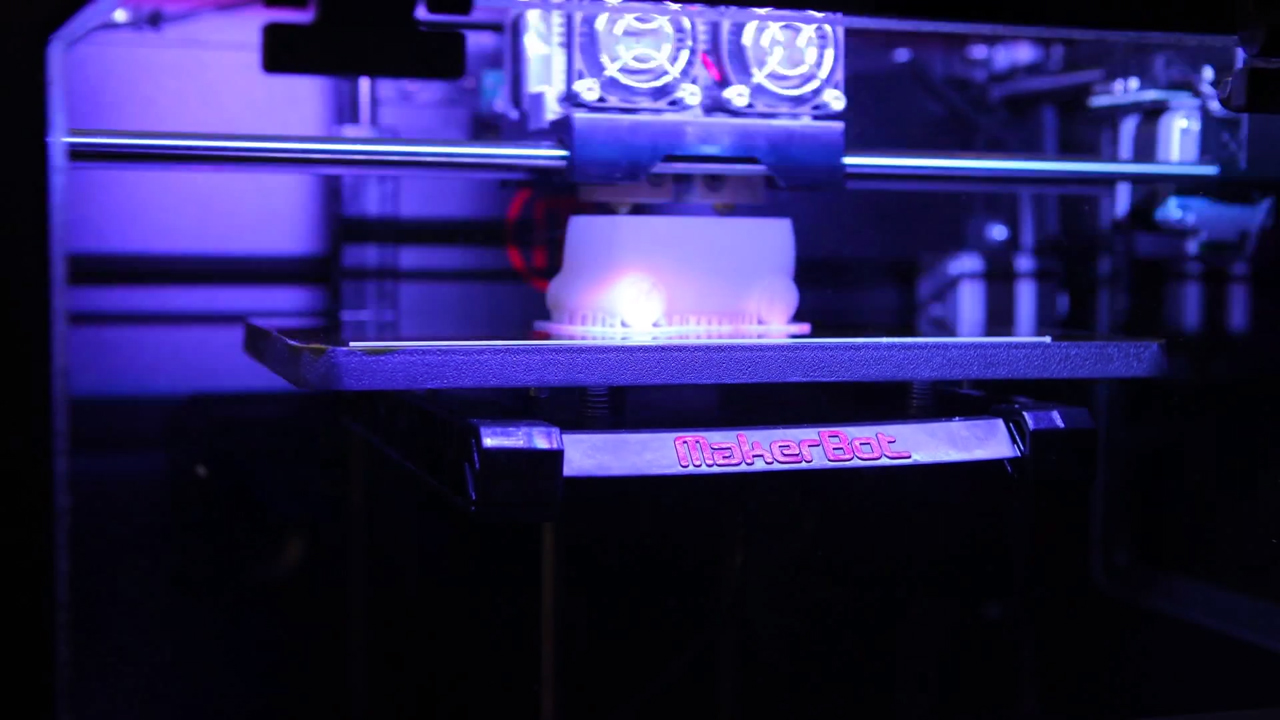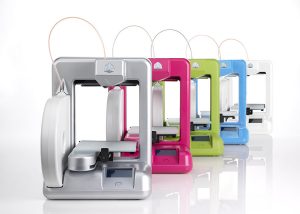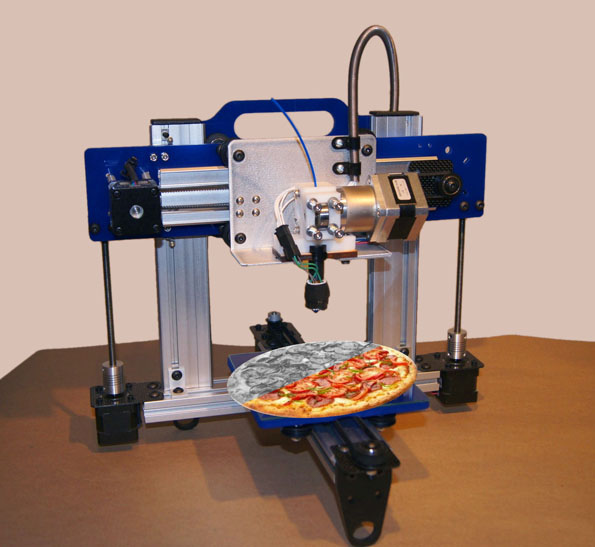
Have you ever thought that there could be a device that could make toys, create a sculpture, produce body organs, cook your dinner, or even build your dream home?
3D printing is on our doorstep, but we’re yet to fully realise the effect it will have on us as consumers and on entire industries.
A once thought unattainable concept has emerged as a mainstream development prompting entire industries to review current operations and strategies.
US President Barack Obama stated in his 2013 State of the Union Address:
“3D printing has the potential to revolutionise the way we make almost everything.”
He was right. The opportunities for 3D printing are endless, and whilst the critics are wary of the effects it may have on industries and society in general, many companies are already on board the 3D revolution.
Honda has embraced the technology, releasing 3D printer design files of selected cars, so that anyone with a 3D printer can produce a replica car model.

Critics are circumspect over the increasing popularity of 3D printing. Although not a new phenomenon, the application of greater technology and innovation has brought prominence to the 3D printing craze.
Why will 3D Printing be successful?
Contents [show]
As innovation and technological capabilities shape the future of 3D printing, paving the way for new features, inputs, uses, as well as lower prices, we will see changes to the consumer landscape similar to the effect MP3 had on the music and record industry at the start of the millennium.
3D printing will undoubtedly revolutionise the traditional methods of goods distribution, giving birth to on-demand manufacturing.

Not only will this save time and shipping costs, but will also reduce the environmental impact caused by mass production as researchers from Michigan Technological University confirmed in a study that producing items on a 3D printer took 41-64% less energy than traditional methods of production.
So does this mean that 3D printing is better for the environment? Not exactly.
Concerns over 3D printing
Whilst 3D printing may be more environmentally friendly than traditional manufacturing, the ease to customise and create things on demand could see us consuming far more than ever before.
3D printing is set to disrupt countless industries, as its revolutionary technology is certain to fuel our increasing desire to personalise, customise and self-brand things.
This raises doubts over the future of current manufacturing and production industries as 3D printing increases in global prominence.
Critics are also wary over the potential dangers 3D printing could give prominence to including the manufacturing of drugs, the production of 3D weapons and firearms, and an opening for a much more sophisticated and effective method for counterfeiting.
Future developments of 3D Printing
The technology of 3D printing is still maturing, and considerable obstacles remain before wider use becomes prominent. Raw materials needed by the printers are still very costly, making the final cost of production correspondingly expensive.
The application of innovation and greater technological understanding will inevitably strengthen the prospects for 3D printing, both in traditional industries, and in the retail market.
Change is good, and it is inevitable. The future success of traditional industries will be based on the ability to embrace this developing technology to avoid being left behind.
What about the consumer? Are we ready for 3D printing technology? Let us know what you think in the comment section below!



